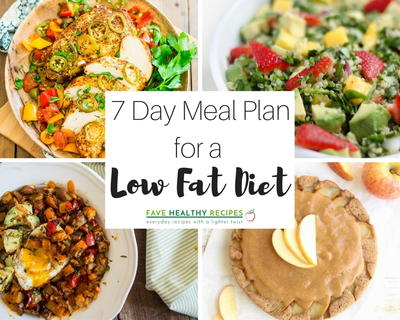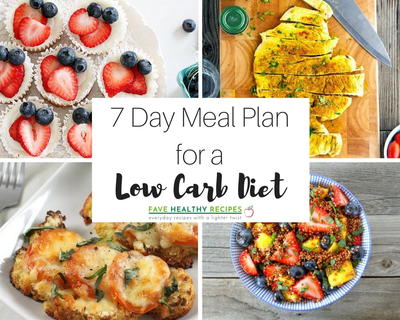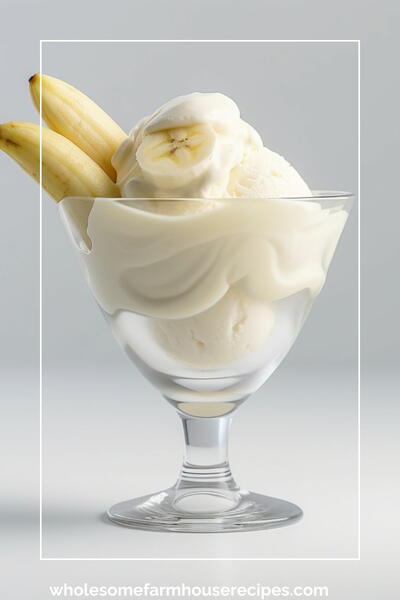The Asian Diet
What it is: Obesity’s relation to the Western diet is no secret, linked by large portion sizes, foods high in saturated fat and red meat and of course, fast food. On the other side of the world however, the Eastern diet and way of life has contributed to countries like China and Japan having the healthiest people in the world with a fraction of the cases of heart disease, diabetes and cancer and Japanese women clocking in with the longest lifespan, much attributed to their naturally healthy lifestyle and diet. This diet aims to follow in their footsteps.
How it works: Asian diets are traditionally high in fiber, antioxidants, vitamins, protein, calcium and iron thanks to meals that are rich in fish, soy products, rice, vegetables, fruit and tea. Meats other than fish and dairy products should be lightly consumed. Eating carry-out Chinese food does NOT count as part of the Asian Diet plan.
What you do: In a typical day on the Asian diet, you should make a point to eat grains (rice, noodles, corn or potatoes), fruits and vegetables like cabbage, scallions, bananas, pineapples, grapes and dark leafy greens, nuts and legumes (including soy products). Vegetable oil, an unsaturated fat, should be used for cooking. While dairy is not a common part of an Asian diet, those concerned about calcium intake may still have limited dairy intake, as long as you use the low-fat or skim variety. Red meat should only be included in meals a couple times a month. Exercise should be sought after in the form of bicycle riding, walking and other physical activities.
Benefits: This diet is proven to the utmost degree – the Asian population! Besides losing weight, the health benefits of this lifestyle will lead to a happier you.
Downside: Unlike most lifestyle based diets, the Asian Diet really has no negative qualities to mention!
Read Next7 Day Meal Plan for a Low Fat Diet









